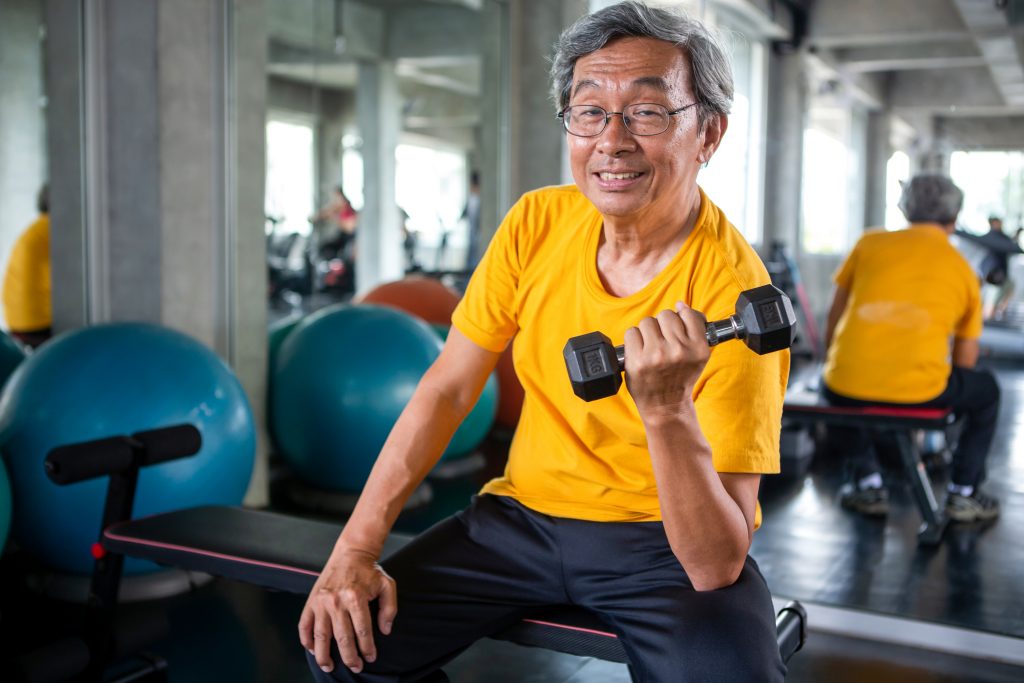I’ve Always Been a Couch Potato—Is It Too Late to Change My Ways?
Published: August 4, 2020
Many studies show that people who have been active all their lives are more likely to enjoy physical and cognitive health in their later years. The effect starts early, especially when it comes to building strong bones and reducing the risk of many diseases.
“I guess it’s too late for me,” older adults might say upon reading all those studies—but luckily, plenty of research shows that even seniors who have lived a sedentary life can benefit from increasing their level of physical activity. even beginning in their 60s, 70s, 80s or beyond. Need some motivation to get up and move? Consider these benefits:
At any age, exercise is good for the heart. Johns Hopkins University School of Medicine cardiologist Dr. Chiadi Ndumele conducted a study on exercise and heart health. He found that people who followed a lifelong fitness program were the best off—33% less likely to develop heart failure than people who never exercised. But the team also found that those who began exercising later in life could also lower their risk. Said Dr. Ndumele, “Our findings suggest that when it comes to exercise and heart failure, the better-late-than-never axiom rings particularly true.”
Exercise protects the brain and memory. Numerous studies show that physical activity strengthens connections in the brain, reduces age-related brain shrinkage, and even slows the progression of Alzheimer’s disease. “As we all find out eventually, we lose a bit mentally and physically as we age. But even if you start an exercise program later in life, the benefit to your brain may be immense,” reported University of Calgary School of Medicine professor Marc J. Poulin. “Sure, aerobic exercise gets blood moving through your body. It may also get blood moving to your brain, particularly in areas responsible for verbal fluency and executive functions. Our findings may be important, especially for older adults at risk for Alzheimer’s and other dementias and brain disease.”
Exercise improves arthritis. Multiple studies show that inactivity not only raises the risk of arthritis, but also leads to increased joint damage and pain when a person has arthritis. Exercise helps keep the joints lubricated and strengthens the muscles that support the joints. It also helps us maintain a healthy weight—one of the most important things we can do to be kind to our joints. According to the Arthritis Foundation, “Exercise is the most effective non-drug treatment for reducing pain and improving movement in osteoarthritis.”
Exercise lowers the risk of falls. Take it easy to avoid falling, some well-intentioned people admonish seniors. But research shows that in fact, physical activity is one of the best ways to protect against fall injuries. Aerobic, muscle strengthening and stretching exercises make us stronger and more limber, more able to avoid falling, and less likely to be injured if we do fall. Other activities, such as tai chi and gait training, actually improve our sense of balance.
And that’s not all. Exercise in later life can slow the progression of certain eye diseases, help us maintain a healthy weight, control diabetes … in short, almost every health condition can be improved with exercise.
What if I’m already living with health challenges?
Almost anyone can benefit from an exercise plan tailored to their particular needs. Seniors who are living with mobility challenges, vision and hearing loss or dementia should ask the doctor for a “prescription” for the amount and type of exercise that is appropriate. Certain health conditions, such as cardiovascular disease or arthritis, might make some motions and activities unsafe, so ensure that exercise instructors are qualified.
Little steps add up. Exercise need not be vigorous to do us some good. Research continues to confirm that prolonged sitting is bad for us—so bad that even a daily workout can’t undo the damage! The good news is that the little things we do during the day—household chores, gardening or walking the dog—can improve brain health, reduce the risk of heart attacks, and even lengthen our lives. Even little changes like standing up while you’re talking on the phone can, over time, make a big difference.


